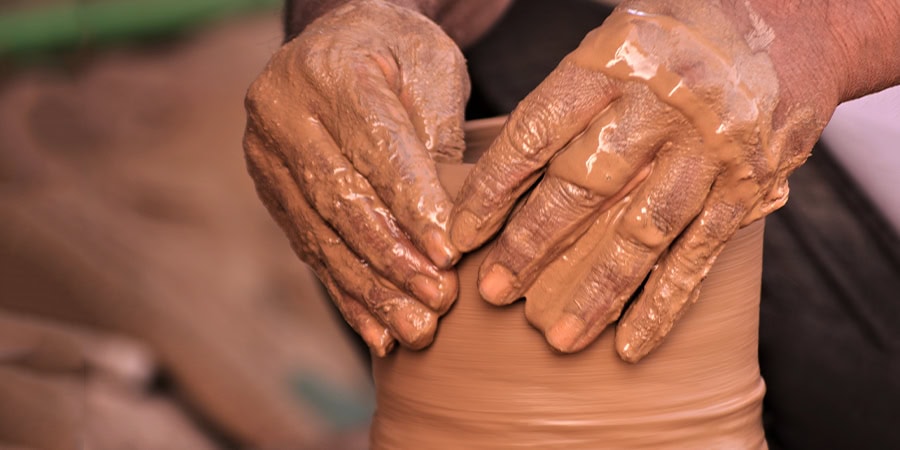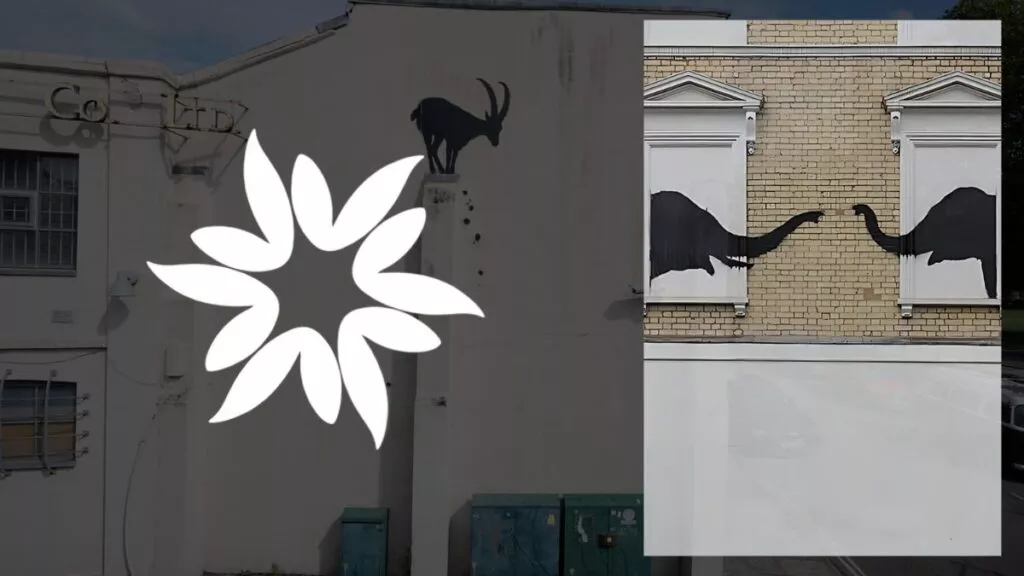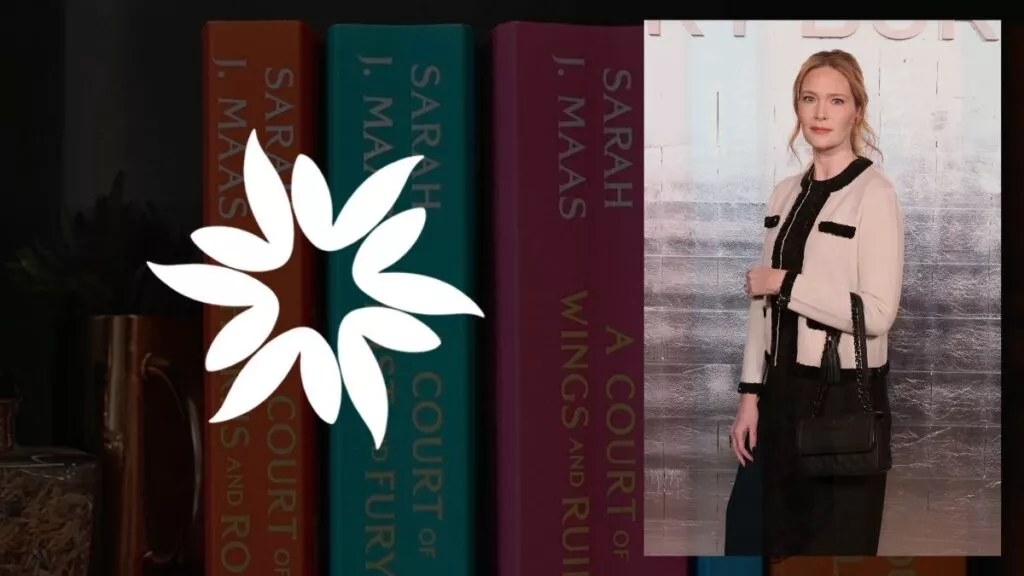Key Takeaways
- Artists Mitch Iburg and Malley Weber are turning to the earth to create sustainable, unique ceramics by sourcing clay locally.
- Both artists prefer to dig clay themselves, giving their works a personal touch while embracing the craft's historical and ecological roots.
- The use of locally sourced clay is a growing movement that seeks to reconnect with the earth and embrace the artistic traditions of the past.
- Through their deliberate and mindful practices, these artists are creating meaningful, lasting works that celebrate the earth and its bountiful gifts.
- More artists are exploring the use of locally sourced clay, not only preserving the environment but also connecting with the history and spirituality of the land.
Artists Mitch Iburg and Malley Weber have turned to the earth to create sustainable, unique ceramics by sourcing clay locally.
Iburg, based in St. Paul, Minnesota, and Weber, from Maine, both prefer to dig clay themselves, giving their works a personal touch while embracing the craft’s historical and ecological roots.
From Painting to Clay: Mitch Iburg’s Journey
Born in Wisconsin and raised in Iowa, Iburg initially studied painting at Coe College in Iowa.
However, a 3-D fundamentals class led him to appreciate clay and its connection to nature and antiquity.
He applied for a residency at the Cobb Mountain Art and Ecology Project in California, specifically drawn to its location on a clay bed.
Iburg later opened Studio Alluvium in Minnesota with his fiancée, Zoë Powell, where he continues to use specialized wood-fired kilns, which produce unique results depending on the type of wood and firing conditions.
Iburg’s works are available in several galleries and retail sites, where they are celebrated for their intimate and purposeful approach to craftsmanship.
Iburg’s earth-sourced materials and energy-conscious methods resonate with a growing community interested in sustainable art practices.
Today, Newsom and Weber work together to reintroduce ceramics to the Wabanaki community and celebrate the area’s heritage.

The Wild Clay of Maine: Malley Weber’s Passion
Weber, owner of Kennebec Clay Works, collects clay from local sources like a neighbor’s stream.
Weber’s fascination with clay’s origins led her to uncover Maine’s rich clay deposits, which formed 14,000 years ago as glaciers melted and left sediment in the region.
The Presumpscot Formation, a blue-green marine clay, is a testament to the geological history of the area.
Bonnie Newsom, a citizen of the Penobscot Nation and an archeologist, has found evidence of clay pots made by Indigenous people 3,000 years ago, demonstrating a rich history of ceramic art in Maine.
Today, Newsom and Weber work together to reintroduce ceramics to the Wabanaki community and celebrate the area’s heritage.
Embracing Tradition and Sustainability
Artists like Iburg and Weber are part of a growing movement that seeks to reconnect with the earth and embrace the artistic traditions of the past.
From using local clay sources to employing sustainable firing techniques, these artists are finding innovative ways to create unique, environmentally conscious ceramics.
Sam Saunders, who manages Wayne Village Pottery in Maine, is inspired by the self-sufficiency of his land’s original owners, who used local resources for brickmaking and blacksmithing.
Today, the pottery studio uses clay from the property and sells wholesale ornaments to multiple states.
As more artists begin to explore the use of locally sourced clay, they are not only preserving the environment but also connecting with the history and spirituality of the land.
Through their deliberate and mindful practices, these artists are creating meaningful, lasting works that celebrate the earth and its bountiful gifts.








